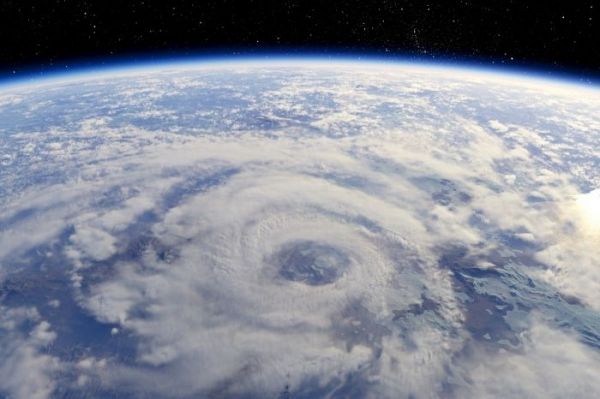It may complement the widely employed lidar and radar sensing techniques. The paper came out in Atmospheric Measurement Techniques.
Wind speed measurements are essential for many applications. For example, assimilation of these data is required for fine-tuning climatological and meteorological models, including those used for weather forecasting. Despite the progress made in remote sensing over recent decades, measuring the movement of air masses is still a challenge. Most of the data are collected by means of traditional contact methods: via sensors installed on weather stations or sounding balloons. Lidar or sonar anemometers are commonly used for local measurements at distances of several hundred meters or less. Weather radars can help at distances of up to tens of kilometers. However, the latter are normally ineffective outside the troposphere — the Earth’s closest atmospheric layer, which is 10 to 18 kilometers thick. Satellite-based direct measurements of the movement of air masses are rare, only occasional experiments have been accomplished.
Continue reading at Moscow Institute of Physics and Technology
Image via Moscow Institute of Physics and Technology


